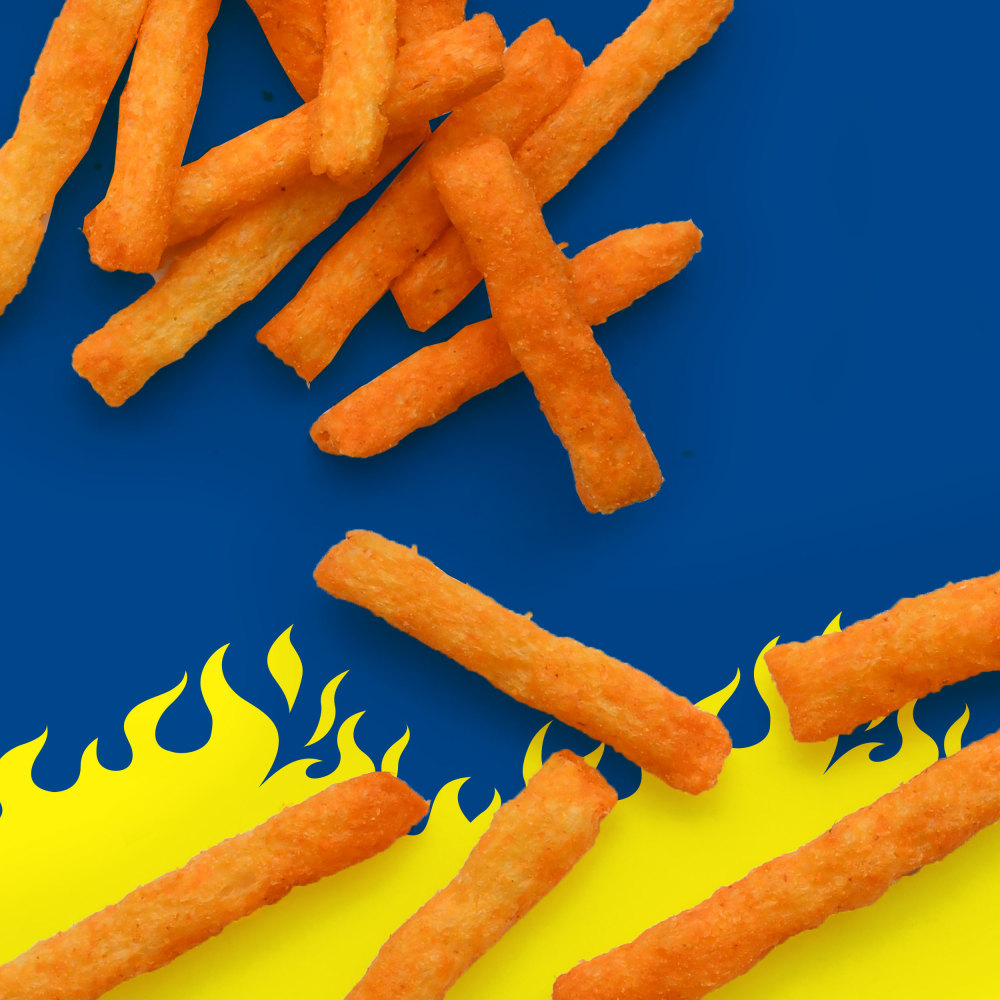


Andy Capp also has an active verified Twitter account with more than 5,000 followers. Reg Smythe died in 1998, but Andy Capp is still drawn today (by Roger Mahoney, with scripts by Lawrence Goldsmith and Sean Garnett) and published in a dwindling number of newspapers (over 1,500 around the world, according to Creators Syndicate, who distributes it). My mother would tease out his whereabouts on those days, somewhat passive-aggressively, by asking who he saw while he was out-knowing that many of his friends and co-workers were regulars at the bar themselves. He was never out at obscene hours like Andy. I read these strips in the eighties on the floor of our living room while eating the character’s namesake Hot Fries, brought back by my father-who, upon reflection, might have been out for longer than I, as a kid, had noticed, certainly longer than it took to buy a newspaper. I liked the way that Flo or Jackie, the bartender, sometimes broke the fourth wall and talked to the reader, or just mugged without comment, keeping us implicit in the gag. But I liked the nifty way that Reg Smythe drew the panels, with the second panel often stretching, rather than repeating, the scene of the first-a trick that was well suited to the strip’s most common settings: the tavern, the snooker hall, or the townhouse-style layout of the Capps’ home. The blander Andy Capp’s Pub Fries have long been discontinued, but Hot Fries are still sold today by ConAgra, which bought Goodmark in 1998.Īlthough the strip was a regular in the Sunday funnies-often appearing on the first page, just below Garfield-there was a lot I didn’t get at the time about Andy Capp, with its taps into poverty, British culture, and domestic abuse. The pub-frequenting Capp was presumably chosen by the North Carolina-based Goodmark Foods because the original product line, launched in 1971, included Pub Fries, an homage of sorts to the chips that were a staple of British pub fare. It hadn’t registered with me then, but today it seems like a peculiar arrangement of licensing to have an abusive, neglectful, and violent drunk advertise your junk food.

Plus, the package featured a comic strip on the back: the drunken Andy Capp stumbling home late from the pub or the snooker hall, getting into scrapes or hauled away by constables, and his beleaguered wife, Flo, waiting at home with her hair in a charwoman’s bandana and her arms folded disapprovingly. I had no particular love for the snack-by the fourth bite you usually couldn’t taste anything because your mouth was on fire-but they were crunchy and fun to eat, the hot-flake powder caking your fingers, and not always easy to find. I don’t know how this became a thing between us. When I was a kid, my father, having gone out to pick up milk and the Sunday paper, would bring me back a package of Andy Capp’s Hot Fries.


 0 kommentar(er)
0 kommentar(er)
